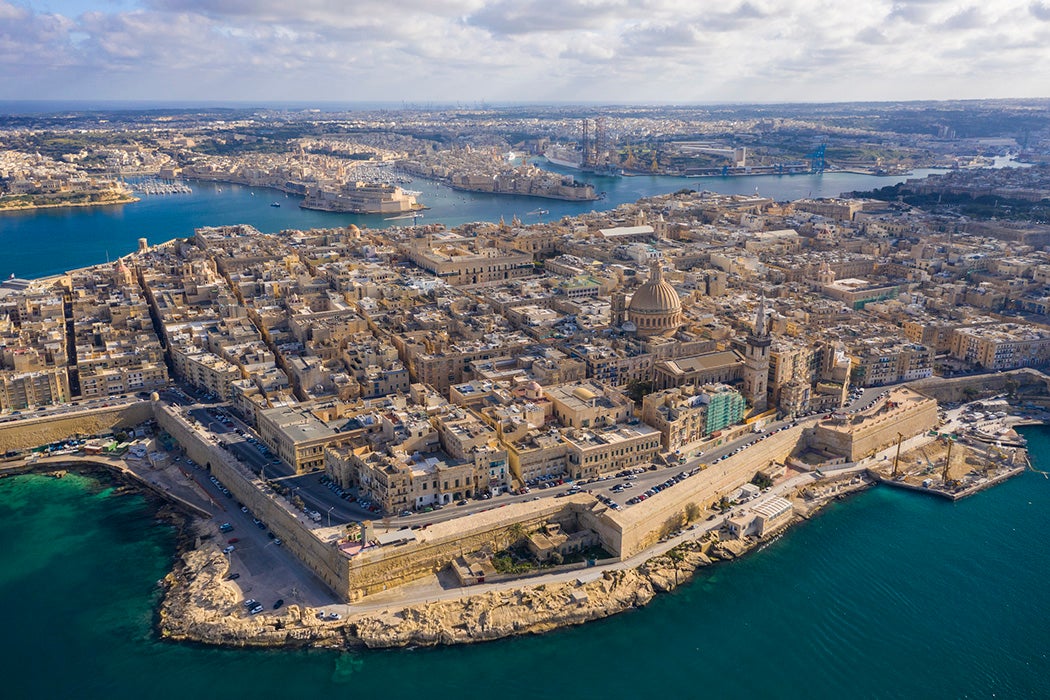Countries and cities around the world incorporate sustainability into their long-term urban planning goals, and island nations are no strangers to this practice. Malta, a small island in the Mediterranean, has not only a rich history of self-sufficiency, trade, and the arts, but a specific relationship to sustainability due to its unique placement in the sea.
In a 2004 case study on environmental capacity, Marguerite Camilleri, then a senior planning officer for the Malta Environment and Planning Authority, examines the usefulness of environmental capacity assessments for islands such as Malta. A leading planning tool in the UK and elsewhere, an environmental capacity assessment helps determine the environmental and social thresholds for development, prioritizing sustainability throughout the planning process.
Camilleri’s study evaluates the assessment’s value for Malta, noting that small islands are “temptingly (albeit somewhat deceptively) akin to ‘closed-systems’ laboratories, in which the testing of a concept such as environmental capacity could be particularly revealing.”
Malta, the largest island in an archipelago south of Italy, is 316 kilometers square and has more than 525,000 people. Known for its pleasant climate and beautiful landscape, it’s a popular tourist destination. At the time of Camilleri’s study, Malta was 25 percent urbanized and seeing demands for more housing and tourism infrastructure. In response, the government formed an environmental planning commission to continue developing while prioritizing the unique environment for which the island is known.
The study took place largely in St. Julian’s, a seaside town and an increasingly busy tourist destination. To assess the effectiveness of Malta’s planning goals, Camilleri examined the study area and its defining characteristics, as well as identified the tensions held by residents. Drawing on methodologies fostered in the UK, she interviewed residents to gauge their opinions and concerns about future development plans, capturing their perspectives on the future of their island.
Interestingly, though residents “demonstrated a strikingly wide knowledge of environmental issues,” they had wide and differing rules over what issues were of concern. Some said urban sprawl, while others highlighted pollution or protecting the coast. Writes Camilleri, “This suggests that knowledge, politics, and agency are intricately bound together in environmental issues in Malta, as elsewhere.”
Weekly Newsletter
Many sentiments were repeated across interviews. Residents felt strongly that history, culture, and biodiversity must be preserved in the planning process. Interviewees were divided on the extent to which new development should be for commercial or tourism purposes. Regardless of how they felt, many residents identified maintaining “character and a sense of place” as key for planning. Environmental justice rose to the forefront when residents were able to express their thoughts on the future of development on the Maltese Islands.
Ultimately, the research indicates that environmental capacity assessments at this scale, with a focus on a small region, can reveal the issues and values of an island community. While there is more to the development story—including economics, race, class, and politics—Camilleri’s study highlights the importance of examining the social and environmental factors that influence development. For successful sustainability planning, she concludes, “there is a need for a democratization of the rationalities accepted in planning debates if there is to be closer engagement with the public.”
Support JSTOR Daily! Join our new membership program on Patreon today.







